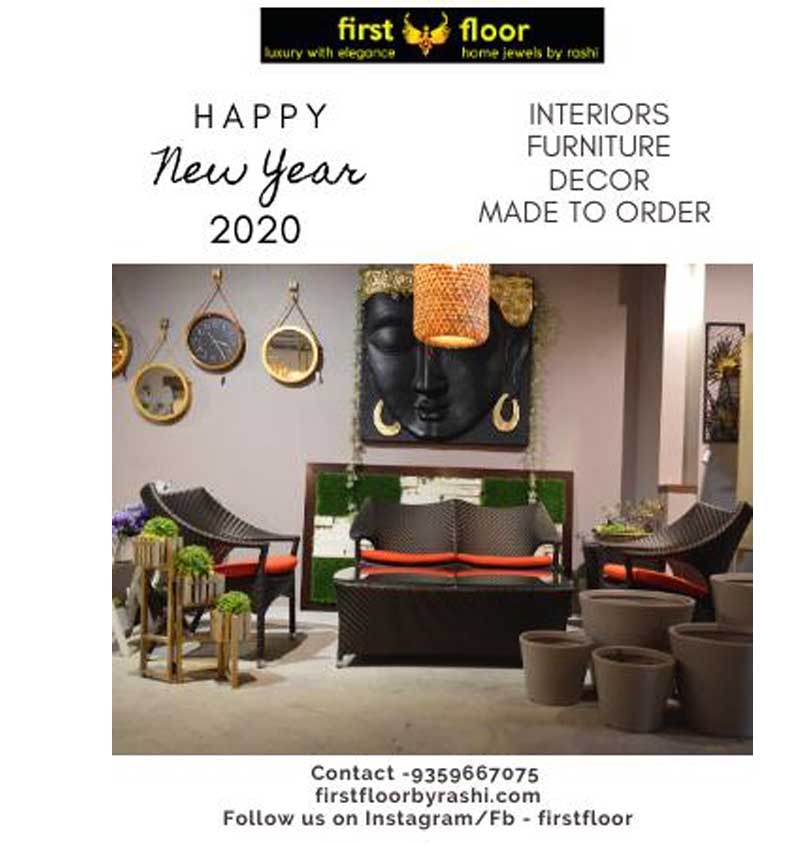What is CAD in Fashion?
CAD in fashion refers to the use of computer software to create and manipulate designs, patterns, and prototypes for clothing and accessories. Unlike traditional methods, which often involve hand-drawing sketches and creating physical patterns, CAD allows designers to work in a digital space where changes can be made quickly and with precision. These tools are not only limited to design but also extend to production planning and technical specifications, making CAD a critical component throughout the entire fashion lifecycle.
Key Benefits of CAD in Fashion Design
-
Enhanced Creativity and Precision: CAD allows designers to explore a wide range of possibilities with great precision. They can experiment with various fabric textures, colors, and garment shapes without the limitations of manual drawing or physical prototypes. This flexibility encourages more innovative designs and provides a platform for designers to execute their ideas with greater accuracy.
-
Time and Cost Efficiency: In traditional fashion design, creating prototypes or samples often requires multiple iterations, which can be both time-consuming and expensive. With CAD, designers can instantly alter designs and patterns, eliminating the need for physical samples in the early stages. This reduces costs associated with fabric waste and sample production, ultimately speeding up the design process.
-
Seamless Pattern Making: Pattern making is an essential aspect of fashion design, and CAD software has revolutionized this process. Software such as Gerber AccuMark, Lectra, and TUKAcad enables designers to create accurate digital patterns, making it easier to modify and adjust sizes. This leads to more consistent fits, faster adjustments, and less material waste. Patterns can also be stored digitally, making it easier to scale designs for mass production or make changes across different sizes without starting from scratch.
-
3D Garment Visualization: One of the most impressive features of CAD in fashion is its ability to generate 3D renderings of garments. This feature enables designers to visualize their clothing in a digital space, allowing them to see how fabrics behave in motion and how various elements of the garment fit together. The use of 3D garment visualization also helps reduce the need for physical samples, making it an environmentally friendly option for fashion houses looking to minimize waste.
-
Fabric Simulation and Digital Textiles: CAD software includes fabric simulation tools that allow designers to visualize how different textiles will behave, from draping to texture. This allows designers to experiment with various fabric choices without needing to buy and test actual textiles. In addition, digital textile printing has become a viable option, with designers able to create intricate patterns and prints that are directly applied to fabric through 3D software.
-
Collaboration and Communication: CAD facilitates better collaboration between design teams, manufacturers, and suppliers. Designers can share their digital patterns, designs, and specifications instantly, regardless of geographic location. This ensures that everyone involved in the production process has access to the most up-to-date information, reducing the chances of miscommunication and errors during the manufacturing phase.
Popular CAD Software in Fashion Design
Several software tools are commonly used in the fashion industry, each offering unique features tailored to different aspects of design. Some of the most popular CAD programs include:
-
Adobe Illustrator: Although originally created for graphic design, Adobe Illustrator has become a go-to tool for fashion designers to create flat sketches, illustrations, and detailed garment designs.
-
Gerber AccuMark: This is one of the industry standards for pattern making and grading, widely used by large fashion brands. It allows for the creation of detailed patterns and the grading of designs into different sizes.
-
Lectra: Lectra is a powerful CAD system known for its pattern making, grading, and 3D garment visualization. It’s used by many high-end fashion brands for its ability to handle complex designs and fabric types.
-
CLO 3D: This is a leading fashion design software that focuses on 3D garment visualization and digital fabric simulation. CLO 3D allows designers to create and experiment with virtual garments that look and move like real clothing.
-
TUKAcad: Another popular tool for pattern making and grading, TUKAcad offers features that help streamline the design process and improve efficiency in garment production.
The Future of CAD in Fashion
As technology continues to evolve, the role of CAD in fashion design will only become more important. The integration of artificial intelligence (AI) and machine learning into CAD systems may further revolutionize the design process by predicting trends, suggesting design improvements, and even creating designs autonomously. Additionally, the rise of augmented reality (AR) and virtual reality (VR) could make 3D garment visualization even more immersive, allowing designers to interact with their creations in new and innovative ways.
The growing demand for sustainability in the fashion industry also positions CAD as a key player in reducing waste. With tools that enable accurate simulation and efficient material usage, CAD offers a pathway for fashion brands to create more sustainable designs while maintaining creativity and quality.
Conclusion
The use of CAD in fashion design has become indispensable in the modern fashion industry. It not only enhances creativity and precision but also improves efficiency, reduces costs, and minimizes environmental impact. With continued technological advancements, CAD is set to play an even more significant role in shaping the future of fashion, making it a vital tool for designers, manufacturers, and fashion houses worldwide.



















Your Message